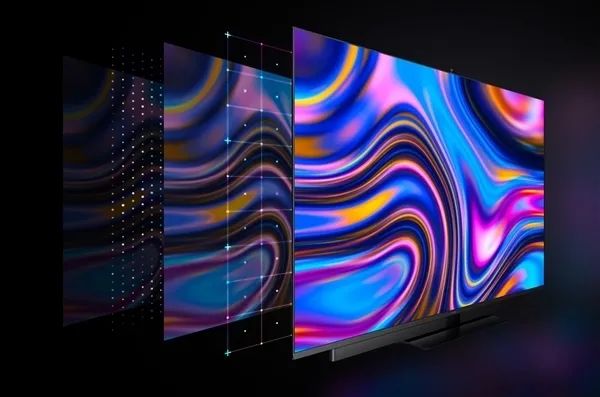In the panel industry, Chinese companies have already captured half of the LCD market, and OLED panels are rapidly catching up with companies like Samsung and LG. However, in the driver IC sector, the domestic market share is less than 1%. Fortunately, Huawei has also entered the field of developing OLED driver chips and has completed tape-out.
The driver IC chip acts as the main control for the panel, capable of controlling key indicators such as display, picture quality, and energy efficiency. Whether in smartphones or large-screen TVs, the driver chip is also one of the core technologies.
Previously, companies like Samsung and LG cut off supplies to Huawei’s panels, which was also related to driver ICs. The U.S. does not control the core technology of panels, but the driver ICs use ARM architecture, which includes U.S. technology restrictions.
In the OLED driver chip market, Korean companies almost monopolize the global share, with the top three companies all being Korean. Samsung alone occupies 75% of the market share (after all, Samsung is the largest OLED company), Magnachip holds 20%, while domestic manufacturers account for only 1%.
In response to this situation, several domestic driver IC companies have strengthened their self-research, and Huawei HiSilicon has also joined the battle. Earlier, Huawei’s consumer business CEO Yu Chengdong issued a notice regarding the establishment of a display driver product division within the terminal chip business department, officially starting the self-research of display driver products.
For Huawei, driver IC products are not difficult; it is reported that Huawei’s display driver chip has already completed tape-out and will enter mass production this year, expected to be used in Huawei’s own smartphones and large-screen products.
Moreover, the mainstream processes for display driver ICs are still 65nm and 40nm, with the highest being only 28nm. These processes are already in mass production by domestic foundries. Securities analysts claim that Huawei can fully achieve de-Americanization with these chips, breaking free from dependence on foreign chips.

